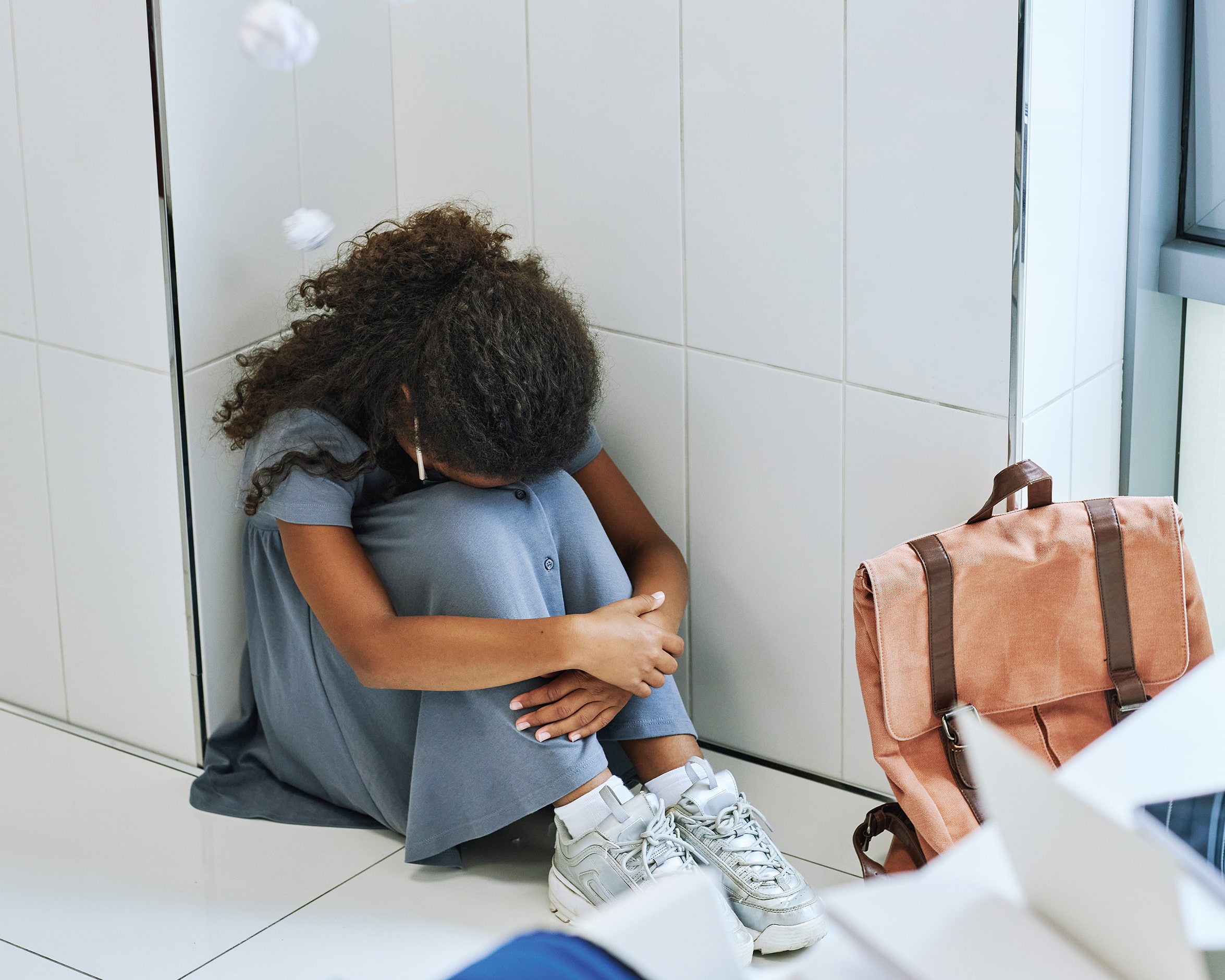Bullying in schools and on social media is increasingly in the spotlight… What’s going on? We find out how to know it’s happening – and how you can protect and empower your child.
Virtually every month, it seems we see new and more disturbing cases of bullying in the media. Although there have been no recent formal studies, the increase in media coverage of it suggests that bullying is on the rise in South Africa – and if not on the rise, then a case can be made that the problem has been there for some time but is increasingly coming to light, especially on social media.
Fight club
A survey a decade ago, back in 2013, found that over 50% of South African children were at risk of being bullied at school. You may be familiar with some of the bullying videos that went viral in 2016: in one, a student repeatedly hits a classmate in the face, and in another, a girl’s friend filmed her rambling speech laced with disturbing, threatening remarks directed at another girl.
The fact that the bullies in these viral videos were female points to a common misconception: that bullies are boys. There are several beliefs about bullying that are simply not true, says Dr Gillian Mooney, the dean of academic development and support at the Independent Institute of Education. These also include the notion that ‘adults should stay out of it’ (false – bullying needs to be monitored and deterred), and that being bullied helps to ‘toughen’ kids up (also false – bullying can cause lasting psychological and developmental harm).
So, what are schools doing to ensure that children are better protected? “Some provinces have gone some way in setting up structures and processes to deal with bullying,” says Dr Mooney, “but even so, more must be done to communicate these interventions and systemically enforce anti-bullying processes.”
Experts agree that bullying has a long-term impact on children’s lives. Joburg-based educational psychologist Cara Blackie says that the immediate effects are changes in a child’s day-to-day behaviour. “They may not want to partake in certain activities they used to enjoy, and they often refuse to go to school. This creates a ripple effect that impacts their educational, emotional and social functioning.”
If these effects (and the cause) are not addressed, they may lead to depression and other psychiatric disorders down the line.
What makes a bully?
It’s easy to forget that bullies themselves need help too. “Children and teens are more likely to become bullies if they grow up in a high-conflict environment, where there is aggression and hostility between the parents,” says child psychologist Cristine Scolari. “Other factors can include physical or emotional abuse or neglect, or if the child is bullied themselves by siblings or other relatives.”
If children live in a violent, unsafe environment, they often become aggressive to ward off perceived threats. “I’ve also seen adolescents become bullies because they feel bad about themselves or inadequate, where they may have underlying worries such as an undiagnosed learning difficulty,” says Cristine.
Know the signs
As a parent, you might think you’d know if your child was being victimised, but the signs may not manifest in the way you expect. Children who are being bullied can become withdrawn and secretive, which can be frustrating to parents who could be imagining a range of causes for this behaviour. Be patient and willing to listen.
Your child may also become argumentative and irritable – the stress of being constantly broken down may lead to them overreacting to comments made at home.
Withdrawal, lying, anxiety and low self-esteem are all responses that we see in children who are being bullied, explains Dr Mooney. “Being repeatedly treated in a degrading manner will affect the way the child sees themself; they may feel ashamed, or that it’s somehow their fault that they’re being treated this way. This then affects the dynamics within the family.”
Beat the cyberbully
The popularity of social media means that now both known and unknown individuals can socially attack a person with ease online. This could be by leaving offensive comments, inboxing them inappropriate messages or sharing an embarrassing image online. Parents need to be vigilant. Gail Dore, author of Bullyproof, recommends that you equip your child with the following advice: Don’t react in the heat of the moment. That’s what the bully wants. Take time to calm down. Block communication with the person who posted the message. Delete all the nasty messages and posts that you can, but make a hard copy first – you may need it as evidence later. Report it.
Most social media sites don’t tolerate cyberbullying and are willing to help. Inform the school about what has happened. For extreme cyberbullying, you have recourse in the Protection from Harassment Act 17 of 2011.
What to do
Dr Mooney has the following advice:
Listen to your child: If they have come to you for help, it’s important that you believe them. Listen and respond thoughtfully. Sometimes just being heard respectfully is the beginning of healing.
Work with your child: Bullying involves a loss of dignity and control. Involving your child in solutions helps them regain control.
Don’t respond instinctively: The best thing you can do to stop bullying is to take a stand against it, but you can make the situation worse if you act rashly. Consider both positive and negative repercussions before you act.
The goal is to restore self-respect: It’s not about destroying the bully but improving your child’s resilience and self-respect. Sometimes this means confronting the bully, but sometimes not. You and your child should figure out how to get there together.
Words by: Emily Pettit-Coetzee
Photography: Gallo/Getty Images







